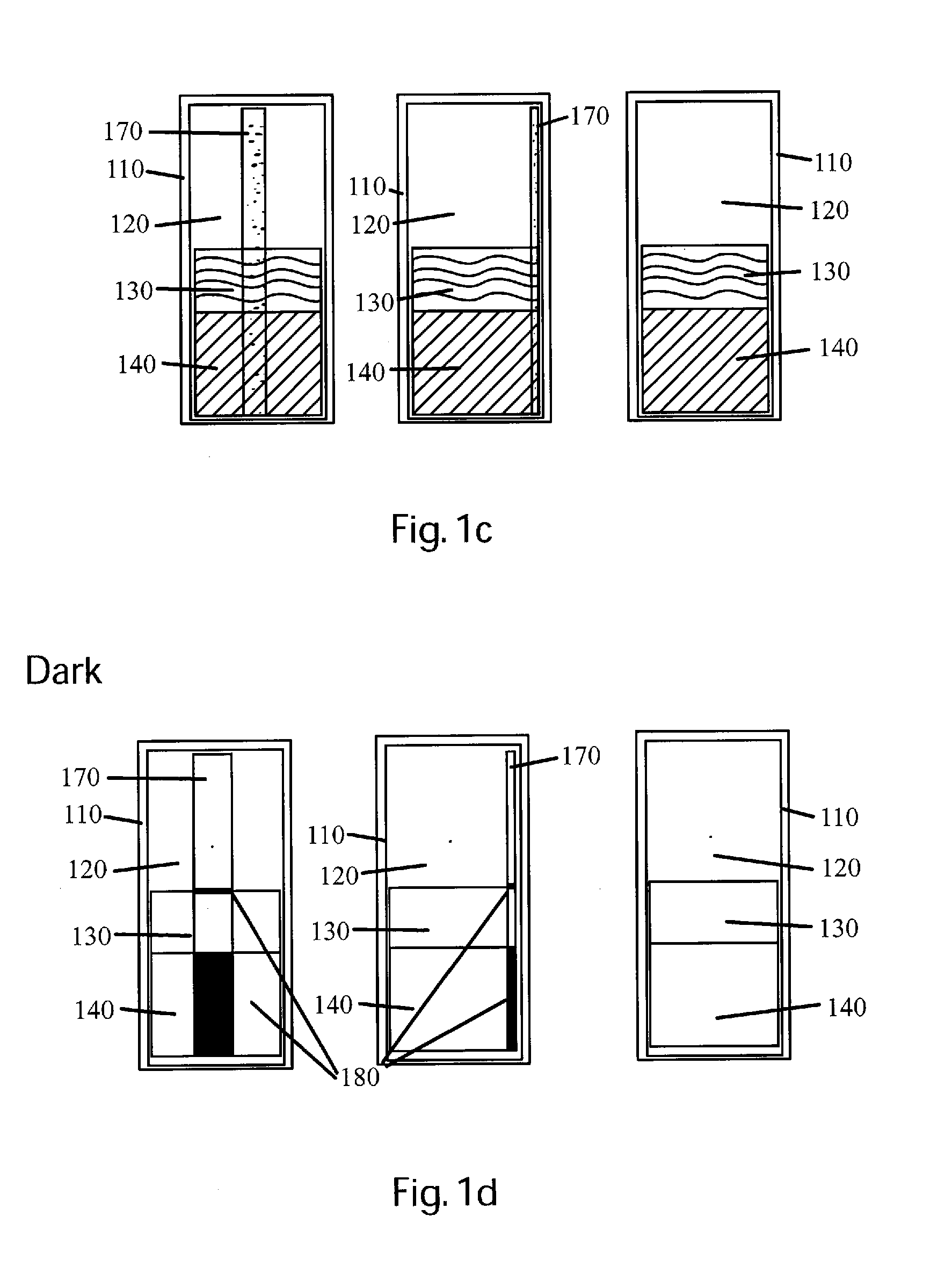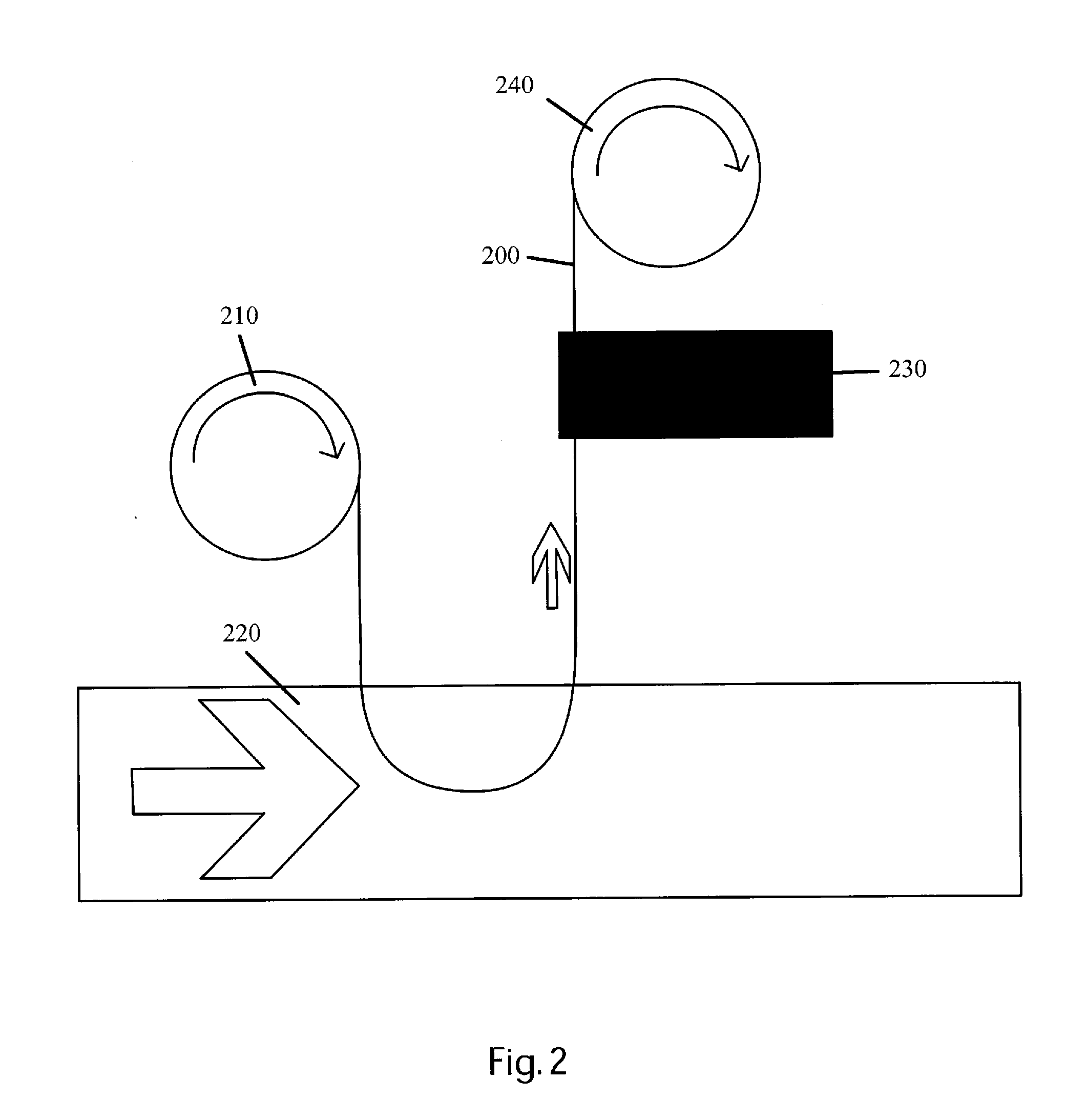Method for detection and analysis of aromatic hydrocarbons from water
- Summary
- Abstract
- Description
- Claims
- Application Information
AI Technical Summary
Benefits of technology
Problems solved by technology
Method used
Image
Examples
Embodiment Construction
[0083]In the specification and in the claims, the terms “including” and “comprising” are open-ended terms and should be interpreted to mean “including, but not limited to . . . .” These terms encompass the more restrictive terms “consisting essentially of” and “consisting of.”
[0084]The term environmental location refers to various man-made and natural fluid handling structures such as channels, trenches, troughs, tubing, and pipelines designed to hold, direct, and transport water, slurries, and muds in plants, factories, processing facilities, and natural waterways, including underground waterways. The fluid handling structures could be contained within municipal waste water plants, for transporting produced waters from oil and gas production facilities or sewage treatment facilities, stormwater runoff drain systems, and natural waterways including urban surface waters (rivers, bays, estuaries), including the sediments of natural surface waters or groundwater.
[0085]The term sediment...
PUM
 Login to View More
Login to View More Abstract
Description
Claims
Application Information
 Login to View More
Login to View More - R&D
- Intellectual Property
- Life Sciences
- Materials
- Tech Scout
- Unparalleled Data Quality
- Higher Quality Content
- 60% Fewer Hallucinations
Browse by: Latest US Patents, China's latest patents, Technical Efficacy Thesaurus, Application Domain, Technology Topic, Popular Technical Reports.
© 2025 PatSnap. All rights reserved.Legal|Privacy policy|Modern Slavery Act Transparency Statement|Sitemap|About US| Contact US: help@patsnap.com



